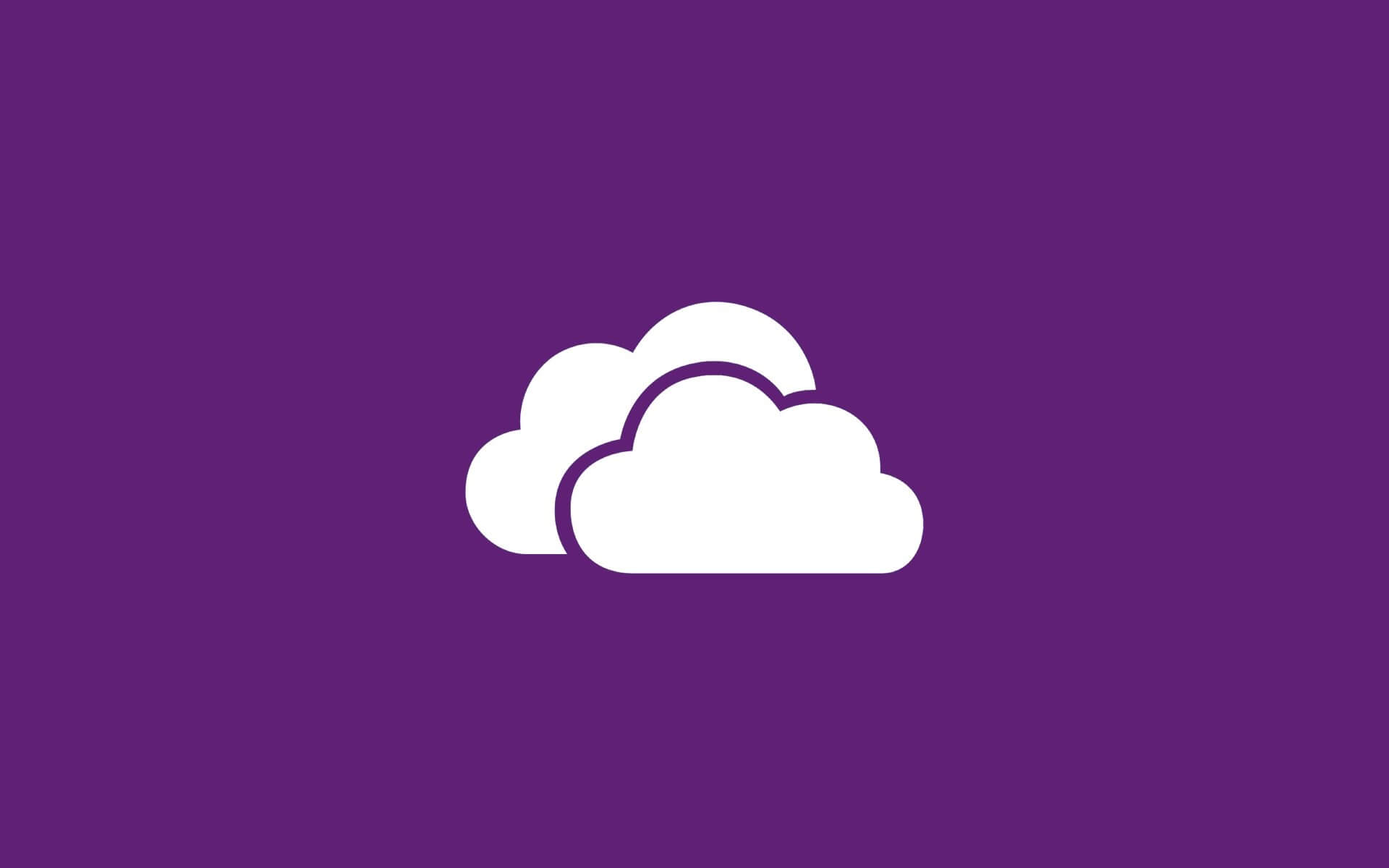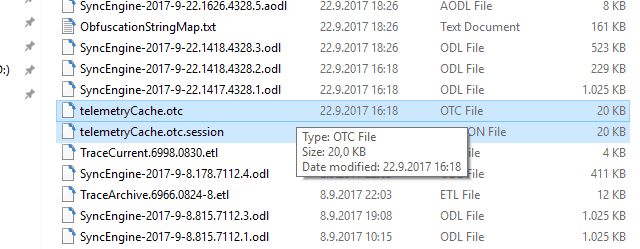- OneDrive is beyond doubt useful to many Windows users that require a decent amount of storage.
- While the app does a good job accommodating your files, it seems that the OneDrive setup is not shy to claim its share of your CPU usage. Here’s how to tame it down.
- Reclaim your resources with the help of our CPU Usage Guides.
- Don’t forget to bookmark our OneDrive Troubleshooting Hub as well for future guidance.

OneDrive changed considerably in the last years, and, mostly for the good. However, an issue here and there can certainly ruin all of the OneDrive’s positive features.
For example, there is the OneDriveSetup.exe (OneDrive installer) which works in the background and, allegedly, feasts on your CPU.
For that purpose, we prepared 2 solutions that should help you restrain this horrid misuse of your resources. So, without further ado, make sure to check the list below and follow the steps closely.
A quick tip: If OneDrive really is such a resource-gulping app that triggers high CPU usage, consider switching for a more CPU-friendly solution that can perform the same tasks and more.
Use Sync.com
Sync is a top-grade alternative to OneDrive that also provides you with the possibility to exploit up to 5GB of free storage space.
Once you get to convince yourself of its excellent capacities, you can increase your storage quota by up to 4 TB according to the subscription plan of your preference.
Seamlessly blending with all major operating systems, Sync allows you to sync, store, back-up, and safely access and preview your files across all your devices.
Speaking about security, you will be pleased to know that your confidential data is protected through end-to-end encryption as Sync has the utmost concern for your privacy.
Let’s quickly look at its key features:
- Sync files across all platforms and devices
- Generous storage space ranging from 2 to 4 TB
- Privacy protection and end-to-end encryption for your confidential data
- Real-time backup and sync
- Additional sharing and collaboration tools
- File history and recovery features
- Advanced controls (share, download, remote device lockout, 2FA, password protection, and granular permissions
- Document previews available

Sync.com
Looking for a better storage alternative? Take your files to the cloud and sync them effortlessly across all your devices!
Free trial Visit website
How do I reduce OneDrive’s high CPU usage?
1. Delete Telemetry logs
It seems that there’s an explanation behind this resource hogging of OneDrive setup. This strange occurrence is, believe it or not, related to telemetry.
Namely, while installing, the setup tries to check up the telemetry logs hidden in the AppData folder. That isn’t the problem per se, and it shouldn’t affect the CPU usage.
The real problem starts if your username isn’t written in exclusively English/ASCII values.
Basically, the presence of a single alternative letter or sign in your username (Cyrillic or language-specific) and the OneDrive installer won’t be able to access the telemetry files.
Nonetheless, that sole fact won’t prevent the installer from trying over and over and over again. And that will take a toll on the CPU.
For such a minor thing to cause such over-consumption of CPU is absurd, but, then again, this is Windows we’re referring to.
In order to resolve this problem, you’ll need to get rid of those telemetry files (they aren’t of any use anyway). We’ll show you how to do it and, consequently, lower the CPU activity to standard values:
- Right-click on the Taskbar and open the Processes tab.
- Locate OneDriveSetup.exe and kill the process.
- Follow this path:
C:Users <Your Username> AppDataLocalMicrosoftOneDrivesetuplogs
- In the logs folder, locate and delete these two files:
- Restart your computer.
- Navigate to
C:UsersUsernameAppDataLocalMicrosoftOneDrive, and run the OneDrive.exe installer.
2. Reinstall OneDrive
If the OneDriveSetup.exe process still causes abysmal CPU activity, it seems that the telemetry tweaking just isn’t enough to resolve it. In this case, your best bet to address this issue is the clean reinstallation.
Before the Creators Update, Windows 10 users were unable to delete or reinstall OneDrive. Luckily, Microsoft decided to provide us with a choice and provide OneDrive as any other third-party app.
That move eased the troubleshooting substantially and made the system a little more customizable and user-friendly.
If you’re not sure how to reinstall OneDrive, follow the instructions below:
- In the Windows Search bar, type Control and open Control Panel.
- Choose the Category view.
- Select Uninstall a program.
- Uninstall OneDrive and restart your PC.
- Go to this location:
C:UsersUsernameAppDataLocalMicrosoftOneDriveUpdate
- Right-click
- After the installation is finished, insert your credentials and log in.
That should do it. Don’t forget to share your questions or alternative solutions regarding the OneDrive CPU hogging in the comments section below. We’ll be glad to hear from you.


